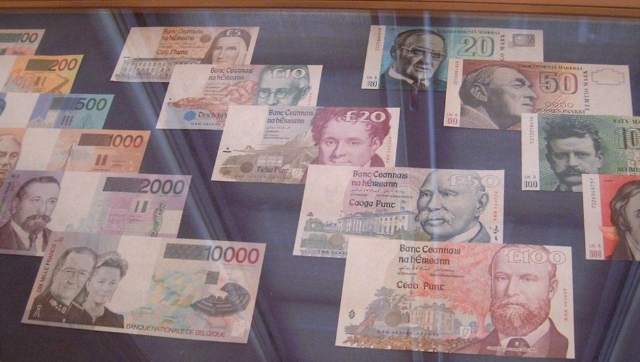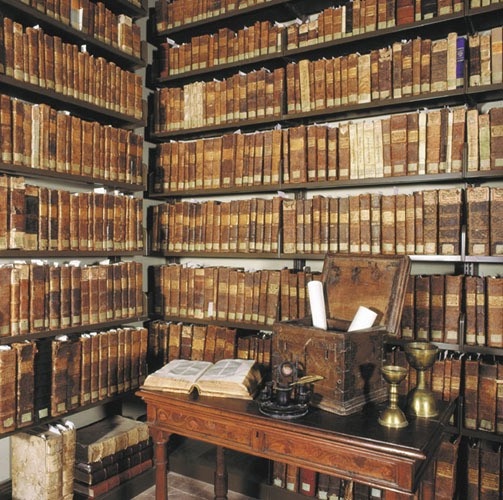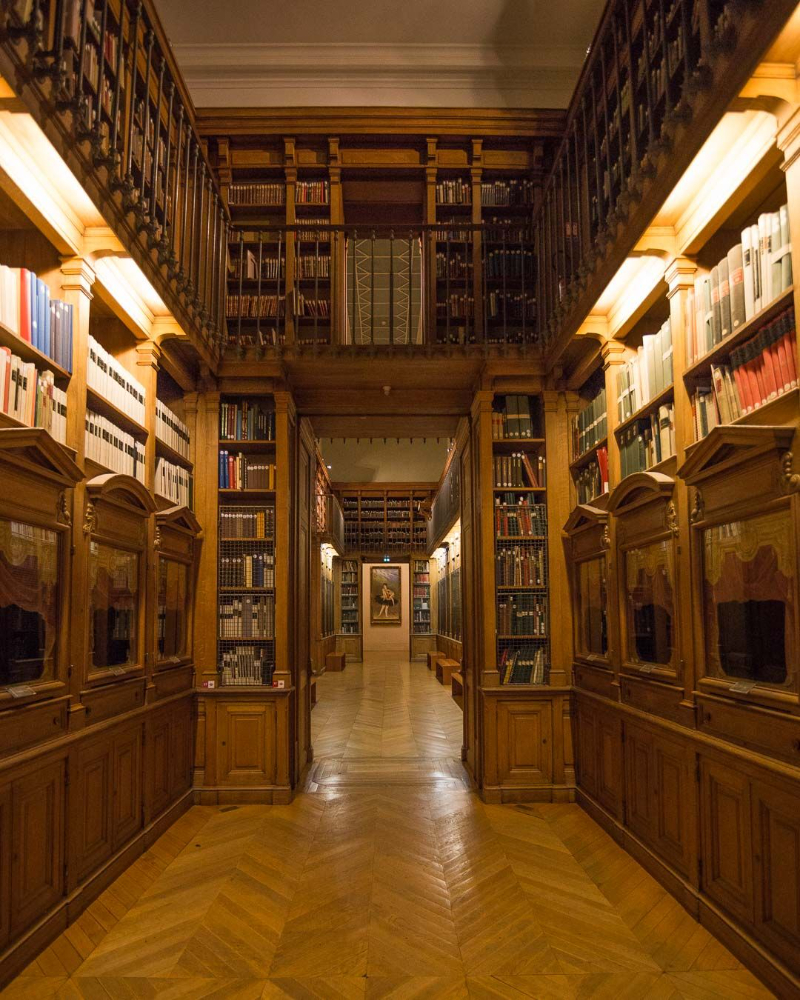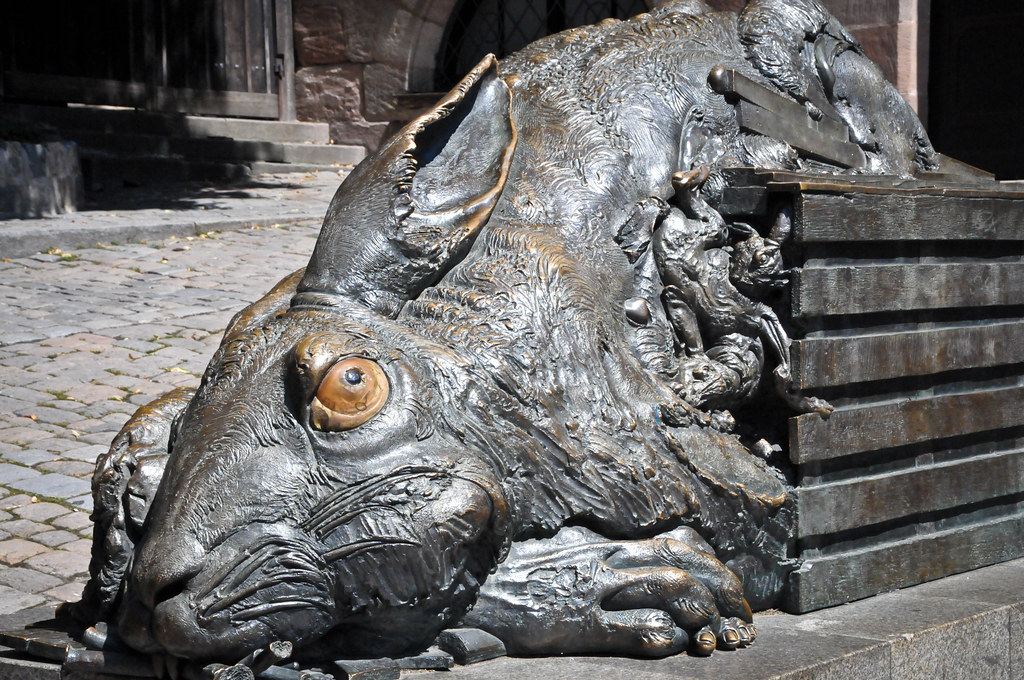The Banknote Museum of the Ionian Bank in Corfu, Greece, offers a unique and unconventional lens through which to explore the nation’s history. Situated in an elegant neoclassical building that once served as the Ionian Bank’s first branch, the museum showcases a fascinating collection of banknotes that span different eras, governments, and economic conditions in Greece.
Each banknote is a small canvas that tells a larger story. From the designs, colors, and watermarks to the figures and landmarks depicted, every detail reflects some aspect of Greek culture, history, or economic ideology. As you walk through the museum, you’ll find banknotes from the period of independence to the introduction of the Euro, each telling its own tale. Some even reflect crucial historical events, like wars, revolutions, or significant economic changes.
What makes this museum unique is the way it merges numismatics with history, art, and even a bit of economics. For instance, one can learn how the inflationary periods affected the denominations and material of the banknotes, or how certain notes were issued under special circumstances such as occupation during the World Wars.
The museum is enhanced with multimedia displays and explanatory panels, making it accessible even for those who are not economic historians or numismatists. It offers not just a historical review but also a cultural understanding of Greece, illustrated by these everyday objects turned collectibles.
For anyone visiting Corfu, the Banknote Museum of the Ionian Bank offers an educational experience that brings a unique perspective to the rich tapestry of Greek history. It’s a hidden gem that appeals not just to history buffs but to anyone interested in the intriguing interplay of culture, economics, and governance.













